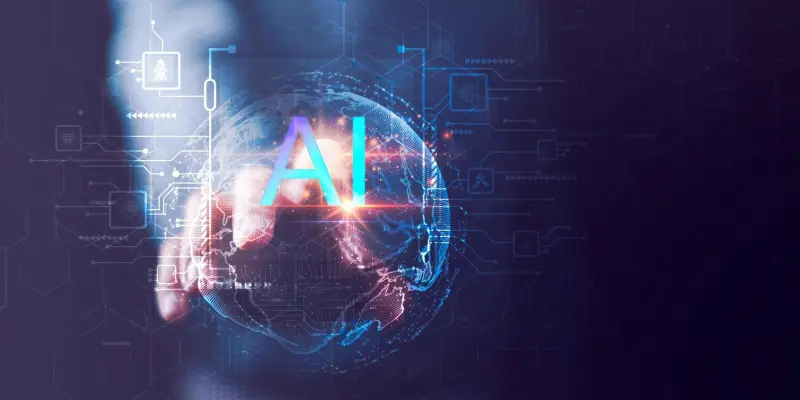In the ever-evolving realm of software development, renowned large language models (LLMs) like OpenAI’s GPT, Anthropic’s Claude, and Google’s Gemini are increasingly relied upon to produce code quickly. However, a recent investigation by Backslash Security exposed a concerning trend: these AI models often generate code riddled with security vulnerabilities by default. Despite clear instructions to adhere to prominent security protocols like the Open Web Application Security Project (OWASP) guidelines, AI-generated code remains prone to weaknesses, such as command injection, cross-site scripting (XSS), insecure file uploads, and path traversal. Such findings raise serious implications for developers who depend on AI-driven tools to build secure applications, prompting a closer examination of the technologies involved.
Variability in Model Performance
Examination of GPT-4’s Protocol Compliance
It becomes evident that different AI models show variability in how they perform when generating secure code. OpenAI’s GPT-4 displayed poor results in tests where specific security instructions were used, barely improving the security of the code output. This deficiency indicates a lack of proactive measures in training GPT-4 to prevent security flaws inherent in commonly created code. Moreover, its inconsistent adherence to OWASP best practices suggests an urgent need for developers and security teams to collaborate in fine-tuning prompts for more reliable outputs from this model. Such collaboration could potentially help in addressing the deficits identified by the study, aiming to refine how the model anticipates security requirements and incorporates them effectively into code generation.
Superior Performances and Tacit Expertise
In contrast, other models like Claude 3.7-Sonnet demonstrated remarkable efficiency when prompted with generalized security instructions, achieving flawless outcomes. This superior performance reveals a pivotal aspect of model training that focuses on broad security concepts rather than targeted protocols. Claude’s exemplary results suggest it may be more adaptable to variations in security prompts, thus providing developers with a robust and secure coding toolkit from the onset. The profound variation in performance across different models further indicates that any blanket approach might be ineffective in ensuring comprehensive security in automated code creation. Embracing model-specific strategies tailored to each AI’s strengths and weaknesses might be a pivotal step toward enhancing secure AI-generated code.
Primacy of GenAI Tools and Security Integration
Imperative for Defined Prompting Techniques
The landscape of AI-driven software development tools is at a relatively nascent stage. Although significant strides have been made, the study underscores the pressing need to establish disciplined prompting techniques to make sure that GenAI tools produce vulnerability-free code. Such techniques necessitate employing precise language in prompts that communicates security needs clearly to the models. As developers gain familiarity with these distinct prompting rules, they play a pivotal role in enhancing the inherent security protocols within AI tools. Simultaneously, security professionals have a unique opportunity to embed foundational safety practices into the intuitive language of AI models, effectively bridging gaps where vulnerabilities remain unaddressed by default operational algorithms.
Synergies Between Developers and Security Teams
New security integration paradigms can be envisioned through deeper synergy between development teams and security professionals. This collaboration takes on a transformative role, requiring security experts to guide developers through the intricate nuances of application security. By equipping programmers with knowledge on how to utilize AI efficiently, security experts can foster an environment where technology evolves to support robust safety standards. The ultimate aspiration is to develop an ecosystem where AI-driven tools adhere implicitly to established security norms, significantly reducing risks associated with common vulnerabilities. As these collaborative dynamics mature, it paves the way for more secure software solutions powered by AI capabilities.
Bridging the Gap Between AI and Security Standards
Challenges and Opportunities
There remains a delicate balance between harnessing AI capabilities and meeting stringent security standards. The study casts light on notable challenges in integrating AI into secure software development practices, while also presenting opportunities for redefining how security can be maintained in generative models. AI tools still require enhancements in their training algorithms to efficiently mitigate a broader range of vulnerabilities. These enhancements can arise from prioritizing comprehensive security education for developers, ensuring they can exploit AI abilities fully without compromising application security. The increased understanding of model limitations serves as a catalyst for ongoing innovation, seeking refined methods in code generation that prevent vulnerabilities inherently.
Path Forward for Enhanced Security
New approaches to security integration can emerge through stronger collaboration between development teams and security experts. This partnership is transformative, as it requires security specialists to instruct developers on the complexities of application security. By teaching programmers to leverage AI effectively, these experts help cultivate an environment conducive to advancing technology in support of solid safety measures. The ultimate goal is to create an ecosystem where AI-powered tools naturally comply with established security standards, significantly diminishing risks associated with typical vulnerabilities. As these collaborative interactions develop, they pave the way for crafting more secure software solutions driven by AI capabilities. This process not only enhances the quality of software but also ensures that cutting-edge technological advancements uphold the highest safety protocols, fostering a future where security is seamlessly integrated into every stage of development.

